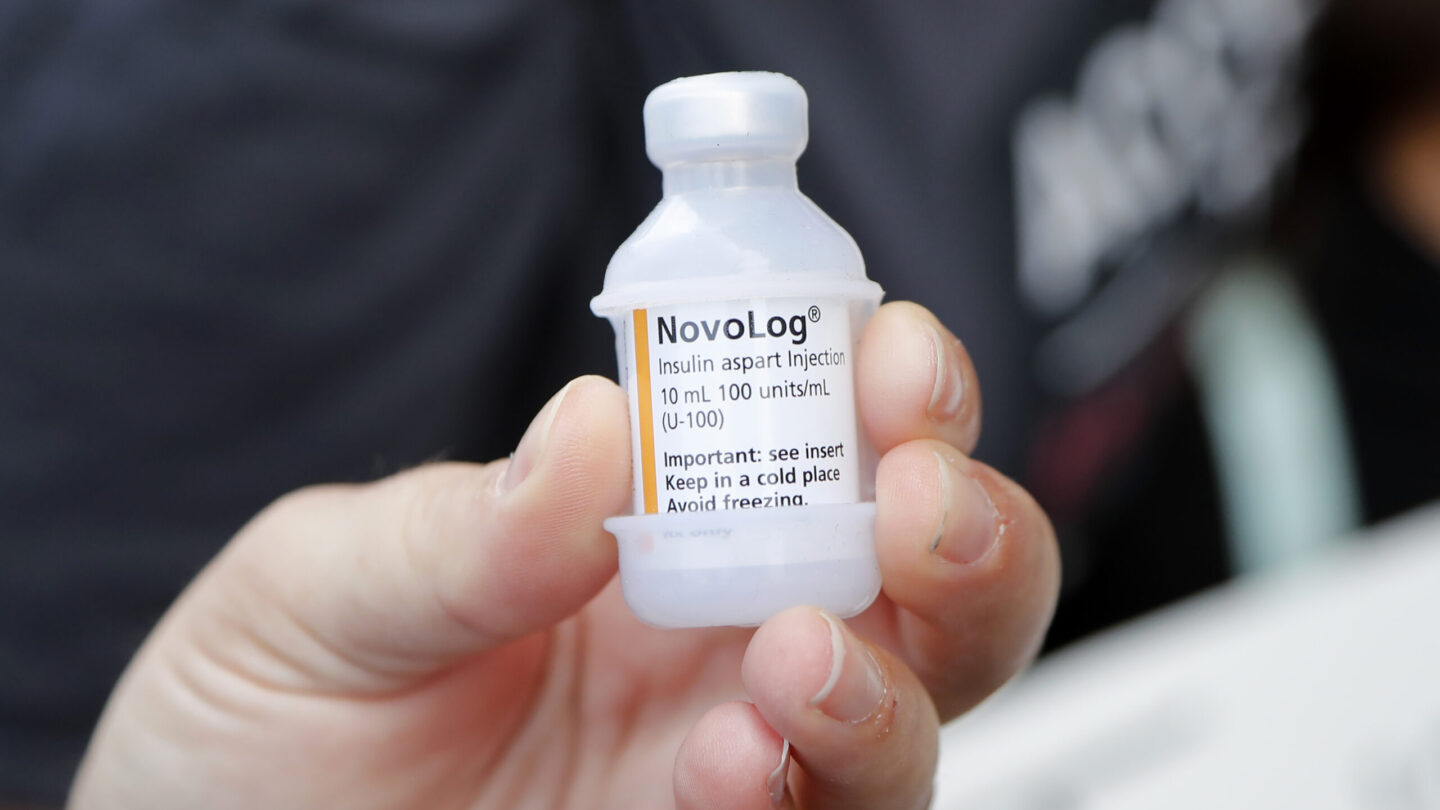New act championed by Warnock takes effect, marks $35 cap on insulin copays for Medicare

For the first time beginning this year, Medicare beneficiaries will see their insulin out-of-pocket prices capped at $35 per month. The change is part of the Inflation Reduction Act, championed by Democratic Sen. Raphael Warnock.
Around 7 million Americans need insulin medication to manage their diabetes. Without it, they are at risk for severe health complications.
And the cost of insulin has risen dramatically in the United States. Even with health insurance, many diabetics pay hundreds of dollars monthly for the lifesaving drug.
Numbers from the American Diabetes Association show $1 of every $4 U.S. healthcare dollars goes to diabetes spending.
Between 2002 and 2013, the association reports the average cost of insulin has nearly tripled.
With the Inflation Reduction Act insulin cap, which took effect on January 1, 2023, millions of diabetic seniors with Medicare plans will pay no more than $35 a month for the medication.
It’s important to note that not all insulin products will be capped–the legislation requires plans to offer one format and one type, such as rapid-acting and long-acting, insulin under the $35 cap.
The Kaiser Family Foundation estimates the limit on out-of-pocket insulin expenses will help nearly 2 million people across the country, including more than 50,000 Georgians.
During the 2022 negotiations on the Inflation Reduction Act, Congressional Republicans blocked a provision that would’ve extended the cap to diabetics with private insurance.
Warnock told Politico he’s pushing to revive the extension.
Also included in the Inflation Reduction Act is a provision to begin capping out-of-pocket Part D drug coverage spending in 2024.
In 2025, that cap lowers to $2,000.
Read an in-depth analysis of the Medicare provisions in the law at the Kaiser Family Foundation.








